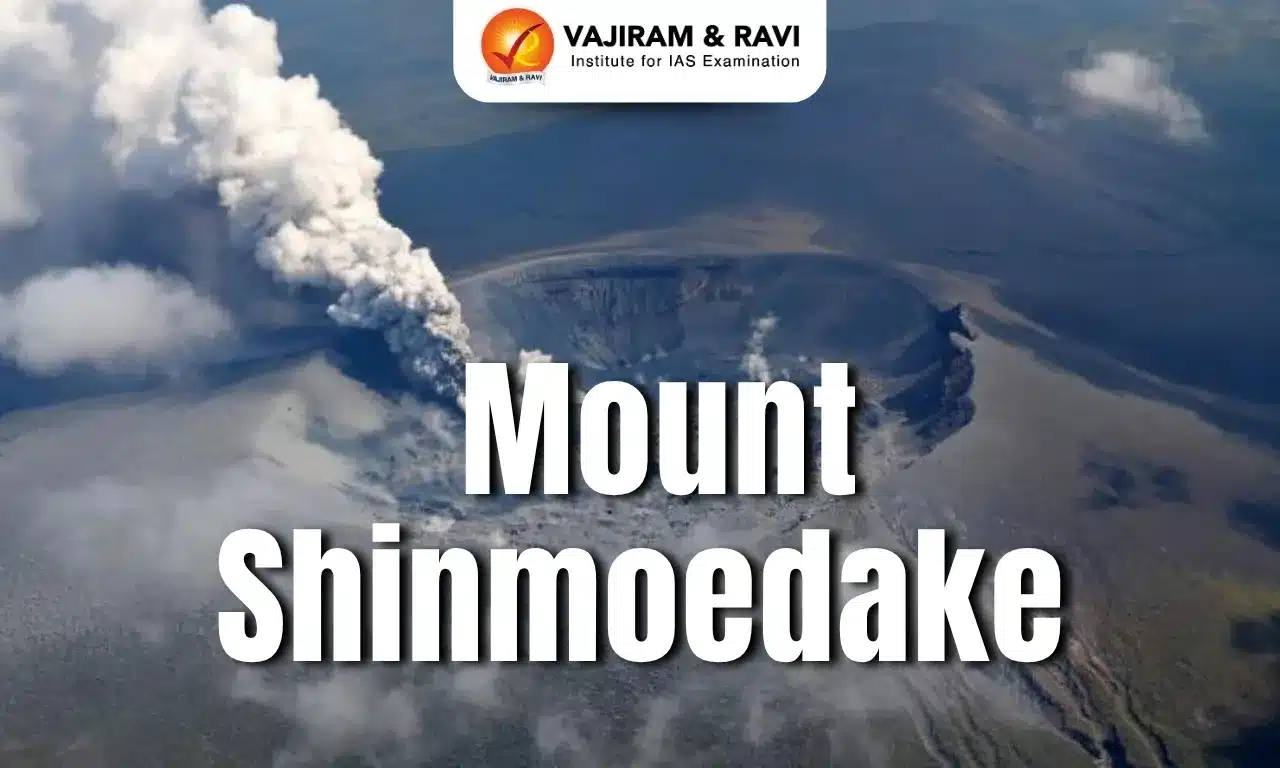Alaknanda River Latest News
Heavy rains in Rudraprayag, Uttarakhand have triggered a surge in the water level of the Alaknanda River, creating a flood-like situation in the region.
About Alaknanda River
- It is a Himalayan river in the state of Uttarakhand.
- It is one of the two main headstreams of the Ganges River, the other being the Bhagirathi River.
- It originates from the meltwaters of the Satopanth and Bhagirath Kharak glaciers in the Garhwal Himalayas of Uttarakhand.
- The river is joined by many tributaries in Uttarakhand.
- Five of the tributaries are considered major, and their points of confluence are also worshipped. The five holy confluences in the Garhwal Himalayas are also known as Panch Prayag. They are listed below:
- Vishnuprayag: Alaknanda meets Dhauliganga River
- Nandprayag: Alaknanda meets Nandakini River
- Karnaprayag: Alaknanda meets Pindar River
- Rudraprayag: Alaknanda meets Mandakini River
- Devprayag: Alaknanda meets Bhagirathi. This is the most revered confluence, as it is here when the surging water coming from the mountains is finally called the Ganga.
- At the time of the formation of Ganga, Alaknanda’s contribution to the flow is much larger than that of Bhagirathi.
- From its source till its union with Bhagirathi, Alaknanda travels for 190 km (approx.).
- Along the banks of the Alaknanda are numerous important pilgrimage sites such as Badrinath, Hemkund Sahib, and Joshimath.
- The Alaknanda River valley is a significant part of the Char Dham Yatra, a pilgrimage circuit that encompasses four sacred sites—Badrinath, Kedarnath, Gangotri, and Yamunotri.
- There are several hydel projects in the basin, which include the Alaknanda (Badrinath), Lata Tapovan, Devsari Dam, Nandprayag Langasu, and Vishnugad Pipalkoti, to name a few.
Source: MSN
Alaknanda River FAQs
Q1: Where does the Alaknanda River originate from?
Ans: It originates from the meltwaters of the Satopanth and Bhagirath Kharak glaciers in the Garhwal Himalayas of Uttarakhand.
Q2: At which confluence does the Alaknanda River meet the Bhagirathi River?
Ans: Devprayag
Q3: Which river meets Alaknanda at Vishnuprayag?
Ans: Dhauliganga
Q4: What is the approximate length of the Alaknanda River before it meets the Bhagirathi?
Ans: 190 km











